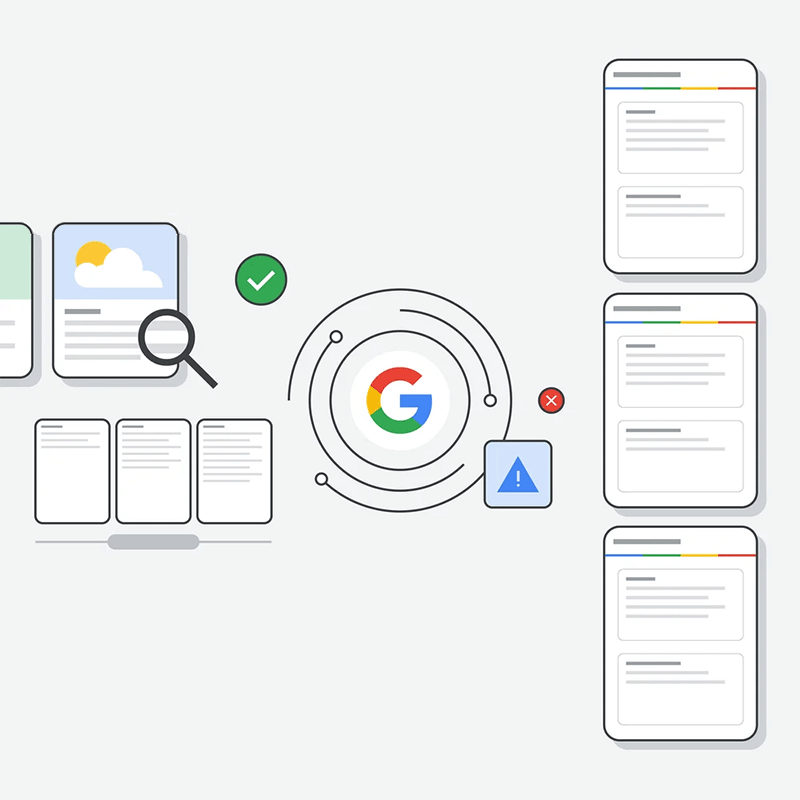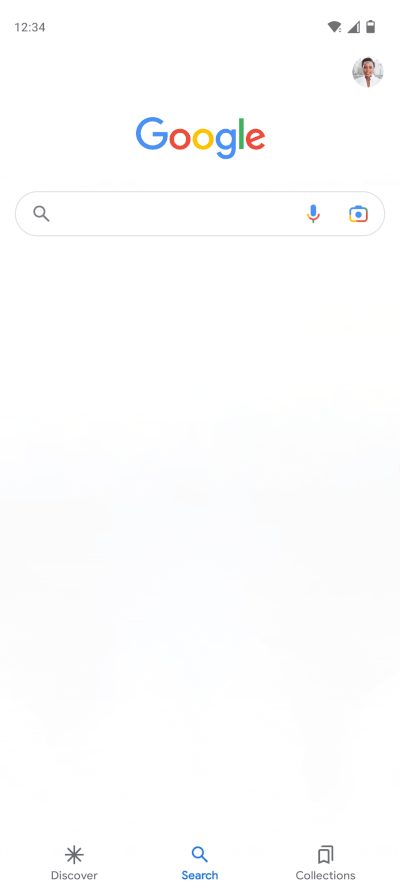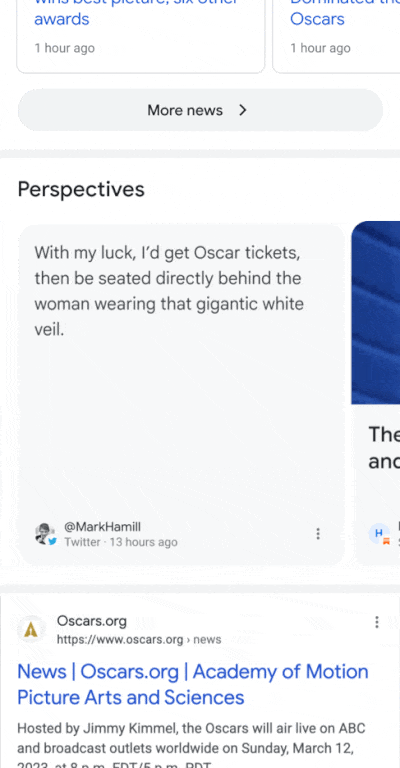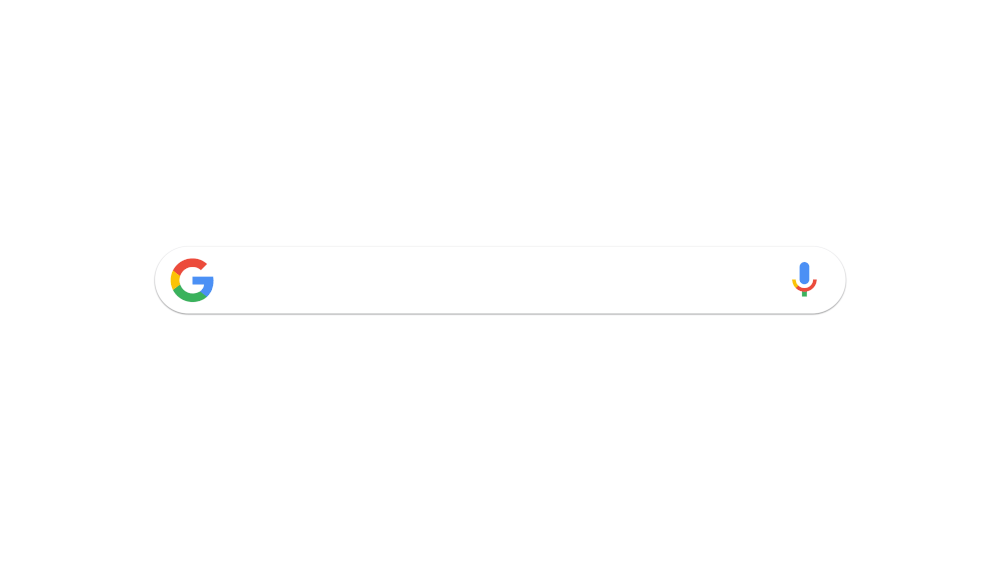
There is no doubt that Google Search is the largest search engine of them all.
While the interest of users has kind of shifted towards generative AIs on search engines, like the one found on Microsoft Bing, thanks to OpenAI's ChatGPT, which managed to steal most of the headlines, Google is still doing business like usual.
Just like the idiom: "there's more than one way to skin a cat," Google keeps on improving its search engine to ensure that it can give the best of results to its users.
At the same time, it also wants to allow users to know and verify the information it is giving them.
In a blog post, Google said that it is adding "five new ways" to do this.
In order to allow people to fact-check the sources of information by themselves, Google wants to empower users with the required tools to help them find information they can trust.
"That’s why we build features to help you evaluate the information you come across online while expanding the range of helpful information you can find," said Google.
The first thing Google does, is adding a 'About this result' feature.
This feature takes the form of a three dotted menu sitting next to most search results on Google. Tapping on those three dots would give users a way to learn more about where the information they're seeing is coming from. The feature should also provide information about how Google's systems determined that it the information would be useful to users' query.
This should be useful for those users who came across sources they haven't encountered before.

The second feature, is the 'Perspectives' feature.
"Just as important as understanding a source you’re seeing in Google Search is discovering a range of sources and perspectives that can help you better understand a news story," continued Google.
The Perspective feature essentially allows users to get more context on what matters most to them.
Taking the form of a carousel, the feature can appear below Top Stories and showcase insights from a range of journalists, experts, and other relevant voices on the topics.
"This feature will give you a variety of noteworthy voices on a news topic, complementing the trustworthy reporting you already find on Search to help broaden your understanding," explained Google.

Next, the third feature is the 'About this result' feature.
"As we surface new voices and perspectives, we want to ensure that people can easily learn more about the authors behind the content they are reading and discover new voices they can trust," explained Google.
With About this result, users can tap on the three dots, in order to find more information about the background and experience of the voices Google surfaced on its search engine results pages.
The fourth feature, is an enhancement to the existing feature that allows users to learn more information about the source and topic of a particular page.
In an update, Google wants to make information even easier to access.
"Say you’re searching for a rainforest protection organization. Starting today, you can type in the URL of the organization in Google Search and information from About this page will populate at the top of Search. You’ll be able to quickly see how the website describes itself, what others on the web have said about a site and any recent coverage of it. From there, you can evaluate whether you want to visit the website and learn more," explained Google.

And lastly, the fifth feature, is a way to "spot information gap."
As the largest search engine, even Google cannot keep up with how fast the web is changing. Because of this, sometimes, there can be the time that there’s just not a lot of great information to show for a search.
"To address these information gaps, Google Search will automatically show content advisories in situations when a topic is rapidly evolving," explained Google.
Google has launched similar advisories, which can be triggered when its systems don’t have high confidence in the overall quality of the results available.
With the update, Google is expanding the advisories for quality information gaps to new languages, including German, French, Italian, Spanish and Japanese.